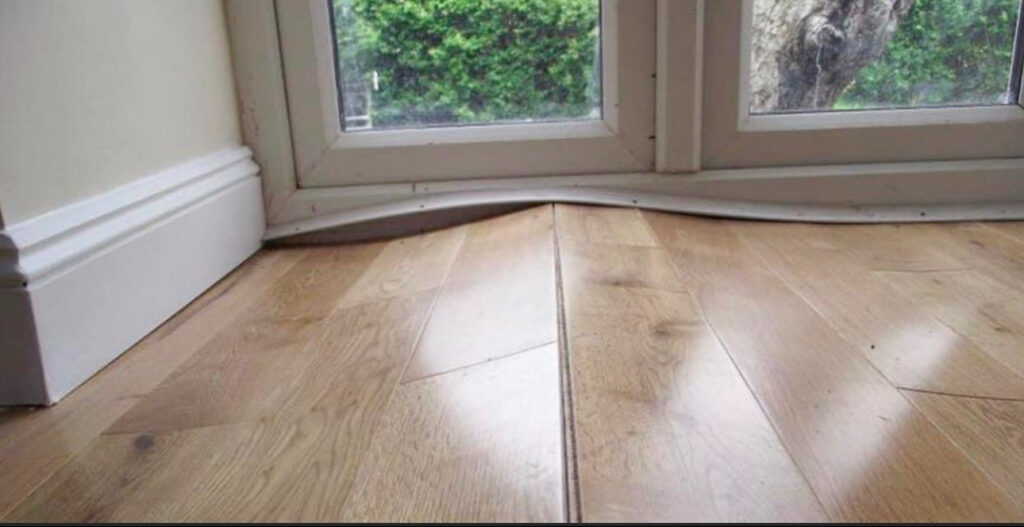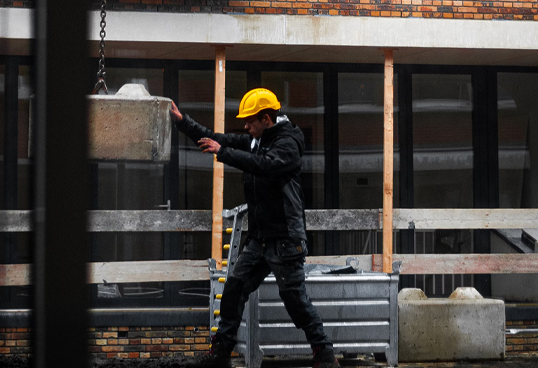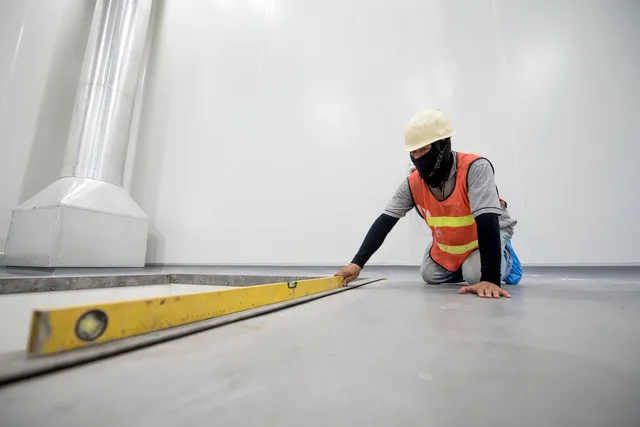Top 5 Common Vinyl Flooring Issues and How to Solve Them Professionally
Vinyl flooring is loved for its durability, affordability, and stylish options. However, like any flooring material, vinyl can develop issues over time. Whether you’re a homeowner, contractor, or inspector, knowing how to identify and address these problems is crucial for maintaining the floor’s quality and extending its lifespan.
Here are the top 5 issues with vinyl flooring and professional solutions to fix them effectively.
1. Peeling or Lifting at the Edges
What’s Happening?
Peeling or lifting edges in vinyl flooring often occur due to uneven subfloors, moisture, or failure to acclimate the flooring to the room’s environment before installation. Even with modern floating vinyl planks, these issues can arise if the subfloor isn’t properly prepared or if excessive moisture is present.
What Can Be Done?
- Inspect the subfloor for uneven surfaces or debris. If needed, use a self-leveling compound to create a smooth foundation for the flooring.
- Use a moisture meter to check for high moisture levels in the subfloor. If moisture is present, address the root cause, such as fixing leaks, improving drainage, or installing a vapor barrier.
- Reinstall lifted planks, ensuring proper expansion gaps (1/4 inch) are left around the perimeter. Acclimate the flooring to the room for at least 48 hours before reinstallation.
2. Scratches and Surface Wear
What’s Happening?
Vinyl floors can develop scratches or surface scuffs from heavy furniture, dragging items, or high foot traffic. These surface blemishes can detract from the appearance of the flooring.
What Can Be Done?
- For minor scratches, use a vinyl floor polish or repair kit to restore the surface.
- Deeper scratches may require replacing the affected planks or tiles to maintain a seamless appearance.
- Prevent future damage by placing felt pads under furniture and using rugs in high-traffic areas.
3. Discoloration or Staining
What’s Happening?
Discoloration in vinyl flooring can be caused by:
- Prolonged exposure to sunlight, which fades the material.
- Chemical spills or the use of harsh cleaning products that react with the vinyl surface.
- Rubber-backed mats, which can cause chemical staining.
- Moisture issues under the floor, especially in bathrooms or kitchens.
What Can Be Done?
- Perform a Cleaning Test:
Before assuming the discoloration is permanent, try cleaning the area with 91% isopropyl alcohol. Use a soft cloth to gently rub the stain and see if it improves. If successful, clean the entire floor with a non-abrasive vinyl floor cleaner. - Check for Moisture:
Use a moisture meter to test for elevated moisture levels under the vinyl. If high moisture is present:- Repair leaks or plumbing issues.
- Install a vapor barrier before reinstalling the floor.
- Replace Stained Planks:
If the discoloration is caused by chemical reactions or rubber mats, replace the affected planks. Recommend using felt-backed rugs or mats designed for vinyl flooring. - Prevent Sunlight Damage:
Install UV-blocking window films or use area rugs in direct sunlight to reduce fading over time.
4. Warping or Buckling
What’s Happening?
Warping or buckling in vinyl flooring typically occurs due to excess moisture, temperature fluctuations, or improper installation (such as failure to leave expansion gaps). This issue is especially common in areas with high humidity.
What Can Be Done?
- Use a moisture meter to check for underlying moisture issues. Address the source of moisture before making repairs.
- Remove the warped planks and ensure proper expansion gaps are left during reinstallation.
- Stabilize the room’s temperature and humidity to prevent future warping. A dehumidifier may be helpful in humid environments.
5. Gaps Between Planks or Tiles
What’s Happening?
Gaps between planks or tiles can form due to temperature changes, improper locking during installation, or subfloor movement. These gaps can trap dirt and moisture, leading to additional problems.
What Can Be Done?
- Inspect the locking mechanism of the vinyl planks. Re-engage loose planks using a tapping block and mallet.
- For larger gaps, replace the affected planks and ensure proper installation techniques are followed, including acclimating the vinyl to the room before installation.
- Check for subfloor instability and recommend leveling with a self-leveling compound if necessary.
Preventing Vinyl Flooring Issues
As the saying goes, prevention is better than cure. To avoid these common problems:
- Prepare the Subfloor: Ensure it is clean, level, and moisture-free before installation.
- Acclimate the Flooring: Let the vinyl planks adjust to the room’s temperature and humidity for at least 48 hours before installation.
- Control Temperature and Humidity: Maintain a stable environment to minimize expansion, contraction, and buckling.
- Use Proper Cleaning Methods: Stick to pH-neutral cleaning solutions and avoid harsh chemicals that can damage the floor.
Conclusion
Vinyl flooring is a resilient and stylish choice, but it’s not immune to problems. Addressing issues like peeling, scratches, discoloration, warping, and gaps with professional solutions ensures the floor looks great and performs well for years to come.
If you’re dealing with any of these vinyl flooring issues or need a professional inspection, contact us today. We’re here to help with detailed assessments and expert recommendations for all your flooring needs!





